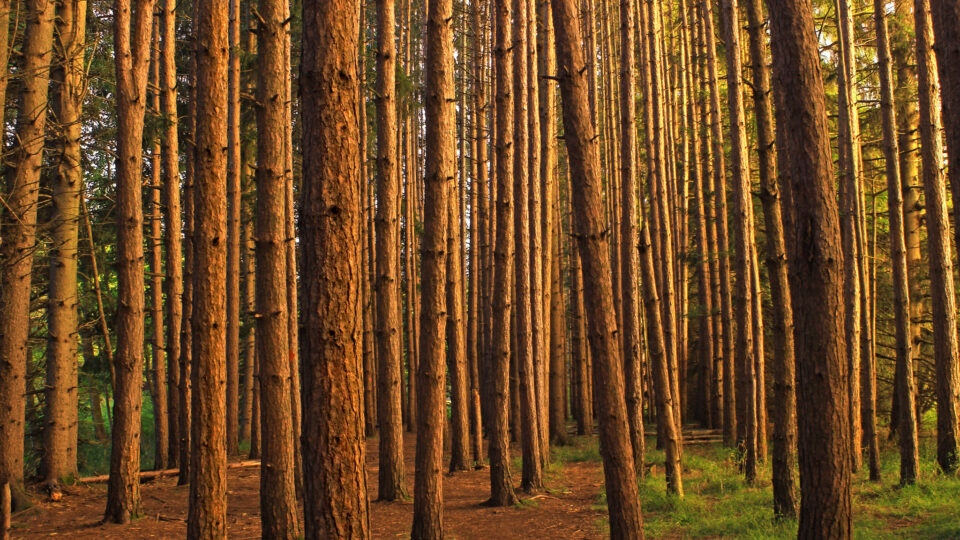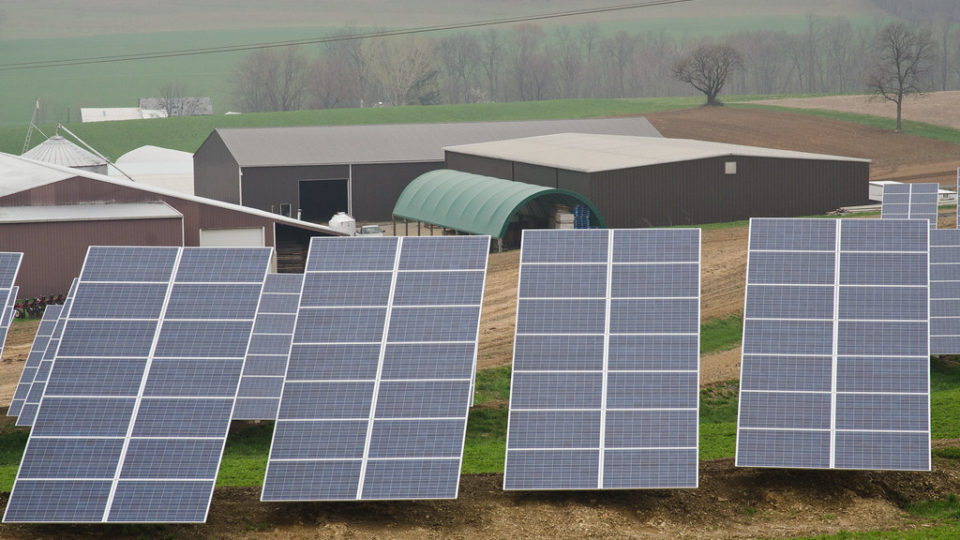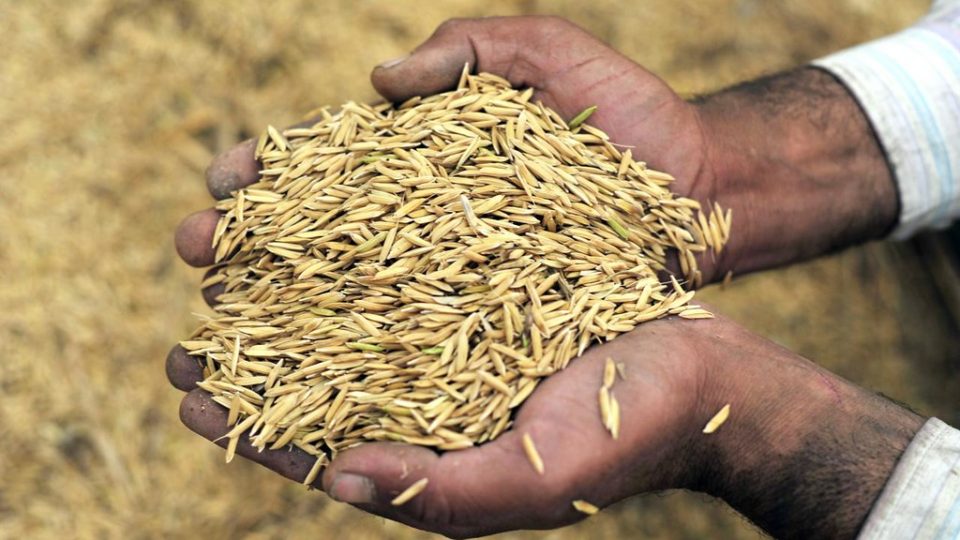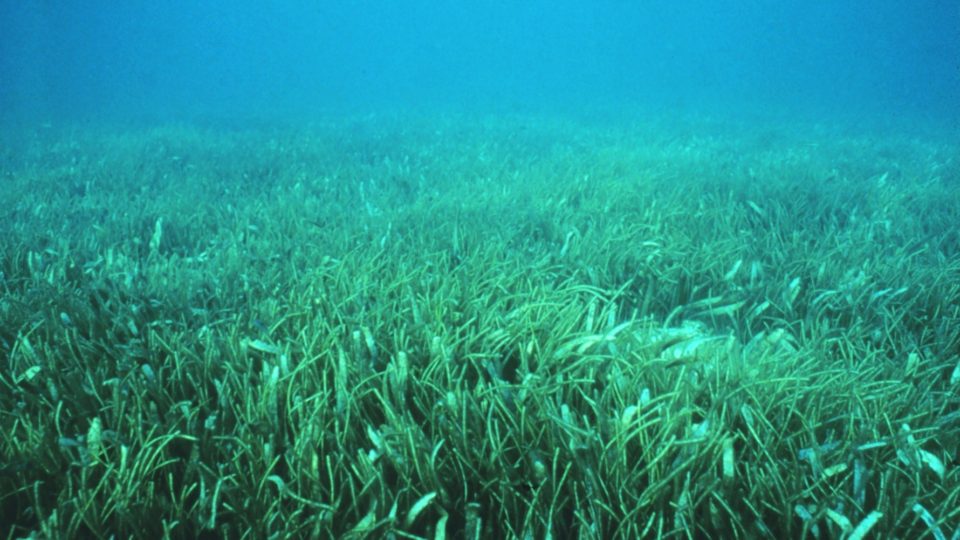The alarming rate of carbon dioxide flowing into the atmosphere is having a real and actually positive effect on plant life. Higher concentrations of carbon dioxide make plants more productive because photosynthesis makes use of the sun’s energy to synthesize sugar out of carbon dioxide and water. Plants make use of the sugar both as a source of energy and as the basic building block for growth. When carbon dioxide levels go up, plants can take it up faster, supercharging the rate of photosynthesis.
In a new study published in the journal Nature Communications, scientists at Ohio State University found that trees are feasting on decades of carbon dioxide emissions and are growing bigger as a result.
The researchers tracked wood volume in 10 different tree groups from 1997 to 2017 and found that all of them except aspens and birches grew larger. Over that time period, carbon dioxide levels climbed from 363 parts per million to 405 parts per million. According to the study, each 1% increase in lifetime CO2 exposure for trees has led to more than a 1% increase in wood volume.
In the big picture, the news isn’t so positive. The global warming caused by increasing carbon dioxide levels increasingly threatens the forests of the world. It has led to worsening droughts, insect infestations, and wildfires. So overall, increasing levels of carbon dioxide are by no means a good thing for the world’s trees. However, since trees are growing bigger more quickly, it means that planting them is an increasingly cost-effective method for fighting climate change because the same number of trees can sequester more carbon.
**********
Web Links
As Carbon Dioxide Grows More Abundant, Trees Are Growing Bigger, Study Finds
Photo, posted September 12, 2015, courtesy of Nicholas A. Tonelli via Flickr.
Earth Wise is a production of WAMC Northeast Public Radio



